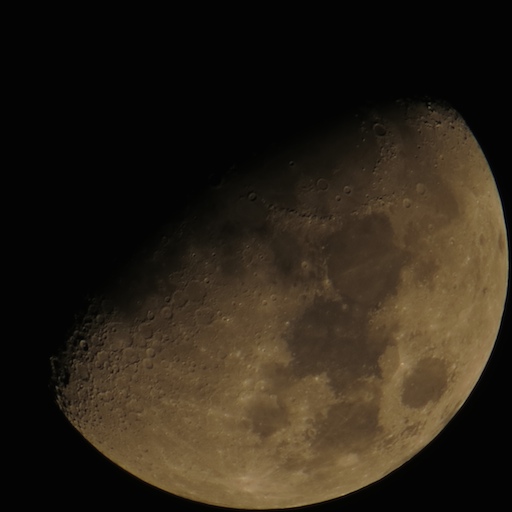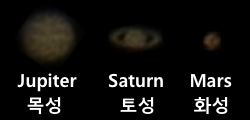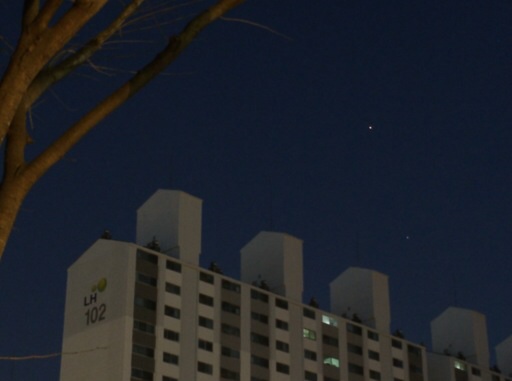Here's that half Moon
Posted by Wesley onHere's that picture of the Moon I took a few days ago while photographing planets. The terminator highlights the craters well.
Device: Canon SX50 HS
Settings: 1200mm - ISO 80 - 1/30s - f/6.5
Filters: None
Time: 2014-03-10 23:46 KST
Location: Suwon, Korea
40 photos stacked with RegiStax 6.1.0.8



